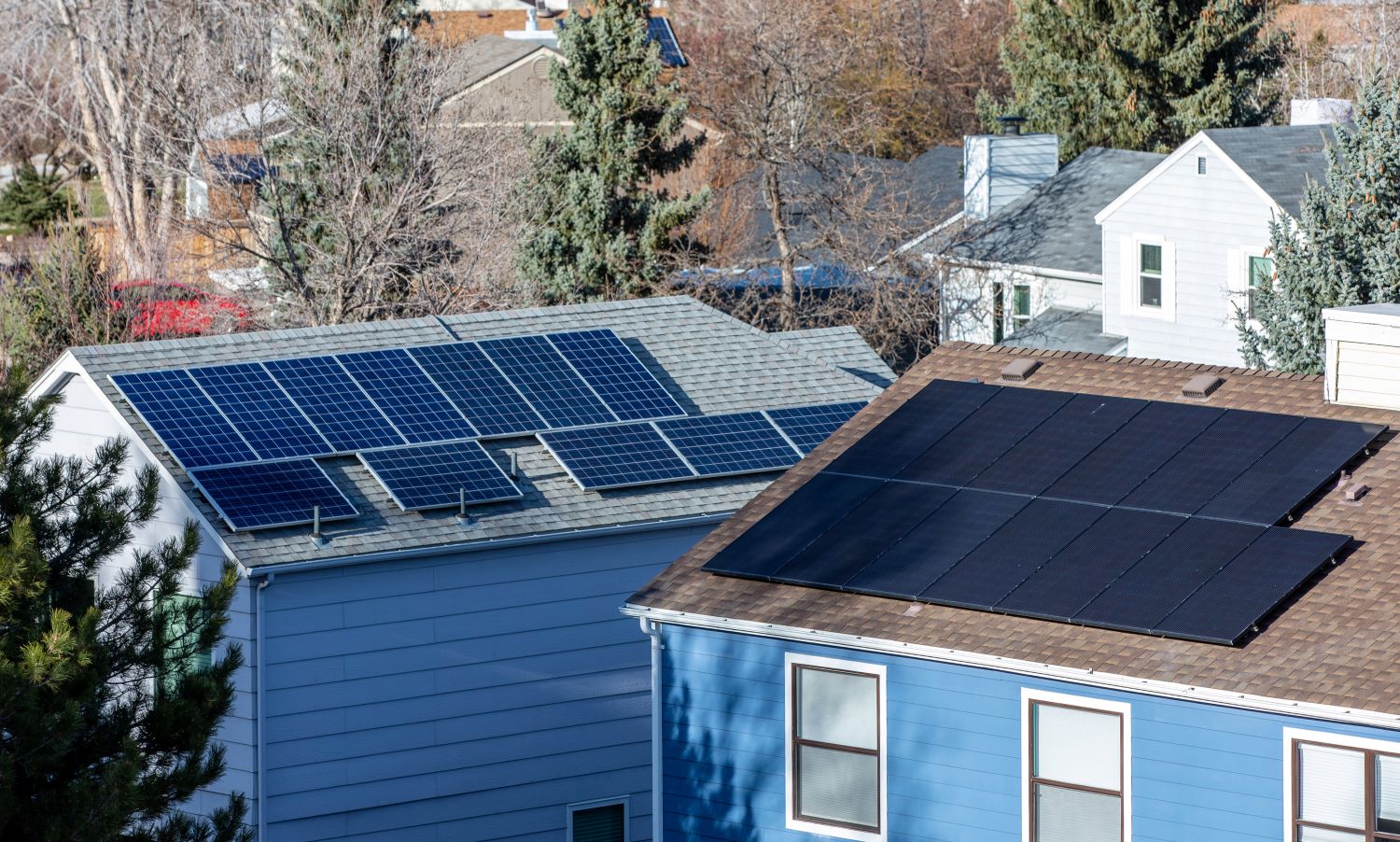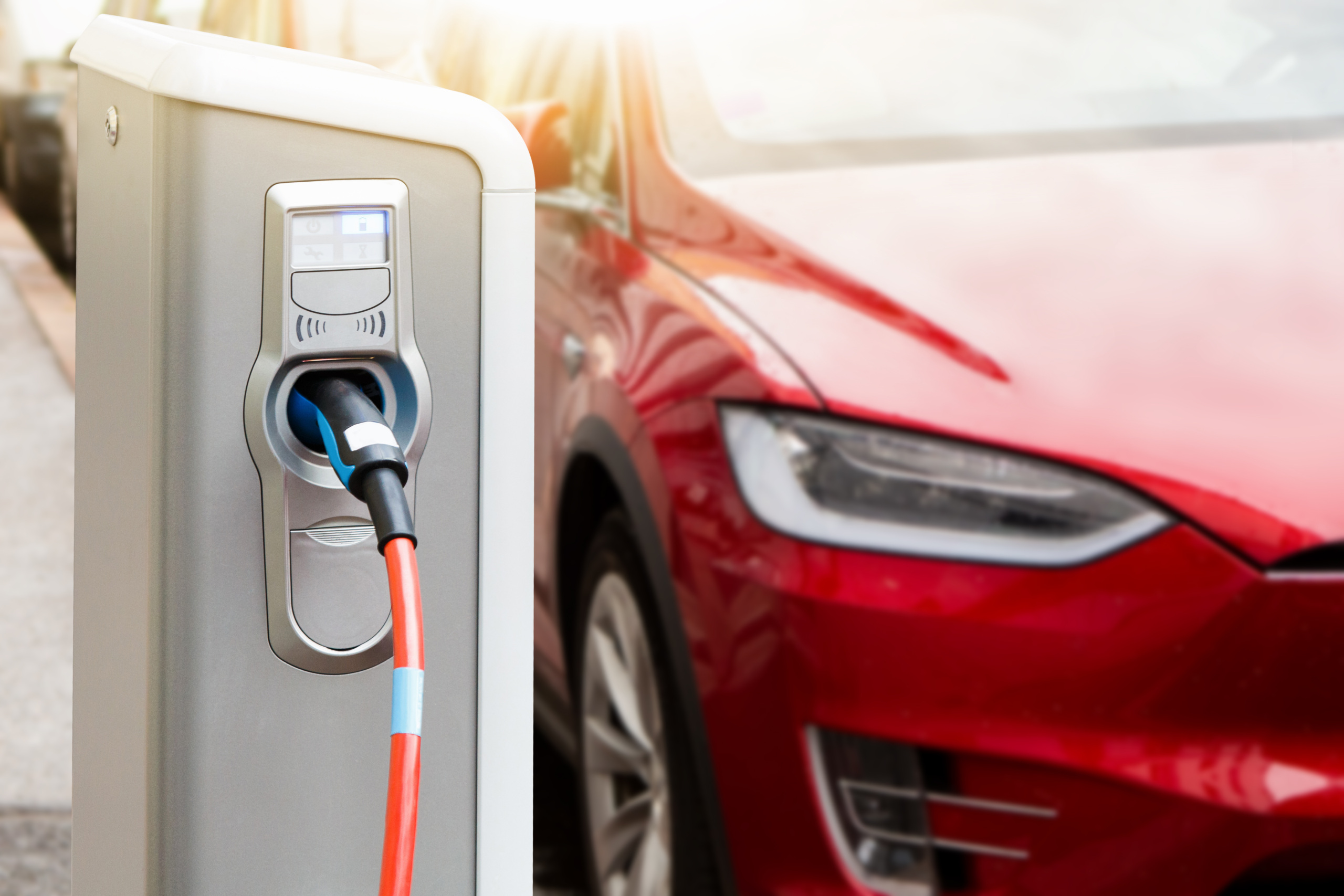
At an uneasy time on campus, here’s clean energy progress worth celebrating
As America faces the climate crisis, it is good to know that many of the nation’s leading colleges are taking their responsibility to build a cleaner future seriously.

It’s an anxious time at American colleges.
August usually marks the celebratory return of students to campuses around the country. This year, however, the mood is less one of celebration than of concern, as the COVID-19 pandemic makes the return to campus risky or even impossible.
There is one aspect of modern college life, though, that is still worthy of full-on celebration: The leading role that colleges and universities are playing in the transition to an economy powered by clean, renewable energy.
It’s an effort that has brought together students, faculty and university administrations – involving everything from small-scale energy conservation contests between dorm floors to grand commitments by university administrators to shift entirely to renewable energy.
And it’s paying off in cleaner air and reduced greenhouse gas emissions.
Our latest report, America’s Top Colleges for Renewable Energy 2020, highlights the colleges and universities that have made the most progress in adopting clean energy on campus, as well as those that have made the most ambitious commitments to change.
It’s inspiring, and not just if your alma mater happens to be in the top 10. Colleges have long been uniquely suited to lead the transition to clean energy. With eager groups of students seeking bold action on climate change, ample in-house technical know-how, and the ability to take advantage of solutions like district energy and microgrids that are available to large institutions, colleges ought to be leading the clean energy transition.
And they are.
More than 40 colleges and universities – home to more than 300,000 students – now receive 100% or more of their electricity from renewable sources. Other campuses are employing solar thermal and geothermal technologies to provide heat and cooling for campus buildings. And still others are shifting campus vehicle and bus fleets to run on clean electricity.
Also inspiring are the institutions that are ready to follow in their footsteps. The University of California system, Vanderbilt University, Harvard University and the University of Hawaii, among other institutions, have made bold commitments to adopt renewable energy and decarbonize their campuses. By demonstrating that those commitments can be met, leading colleges will not only set an example for other universities, but also for other large institutions and the nation as a whole.
COVID-19 has taught all of us harsh and difficult lessons. Among them: college and university campuses, despite often being considered self-contained bubbles separated from society’s problems, are just as much a part of society as any other institution. Their actions can make society’s biggest challenges either easier to address, or much more difficult to resolve.
As America faces the longer-term and even more severe crisis of climate change, it is good to know that many of the nation’s leading colleges are taking their responsibility to build a cleaner future seriously.
We hope that our report spurs even more colleges to take clean energy leadership. At a time of high anxiety on campuses and in society, that would truly be something worth celebrating.
Photo: Swarthmore College; credit: Halkin/Mason Photography
Topics
Authors
Tony Dutzik
Associate Director and Senior Policy Analyst, Frontier Group
Tony Dutzik is associate director and senior policy analyst with Frontier Group. His research and ideas on climate, energy and transportation policy have helped shape public policy debates across the U.S., and have earned coverage in media outlets from the New York Times to National Public Radio. A former journalist, Tony lives and works in Boston.
Find Out More

Let us now praise rooftop solar: A tale from New England

Automakers could have learned to build EVs. They paid Tesla to do it instead.

A look back at what our unique network accomplished in 2023

